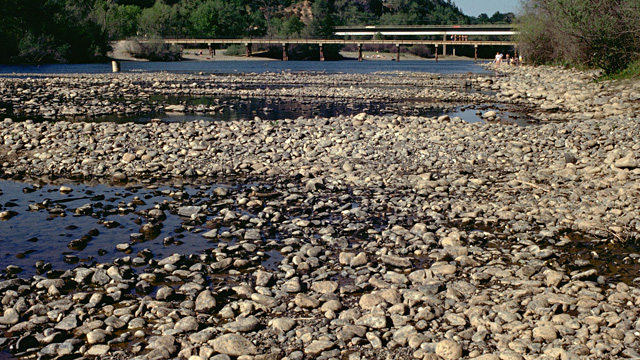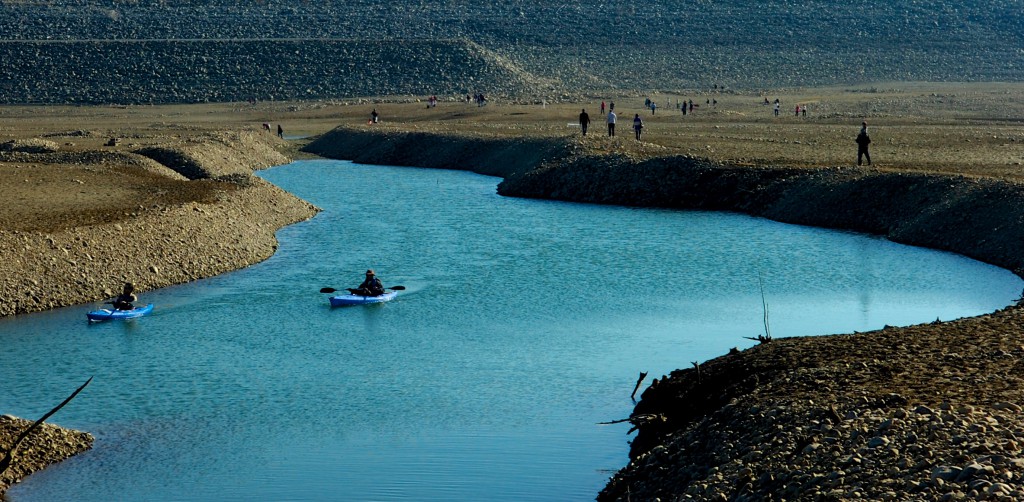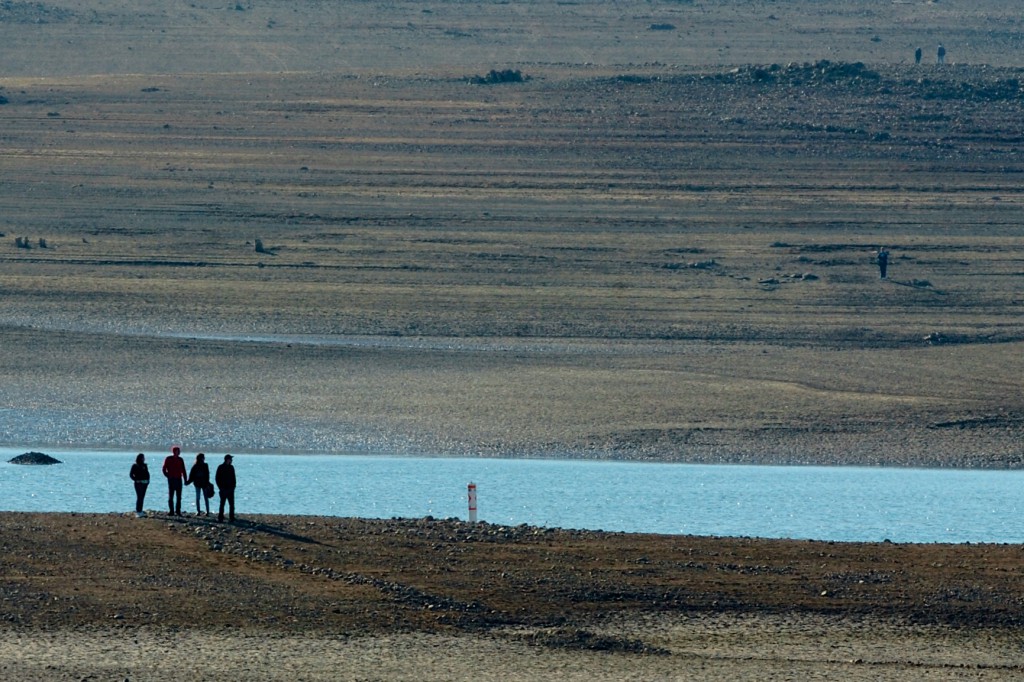The City of Roseville began pumping water from wells Monday in an effort to preserve the water levels in Folsom Lake.
Roseville gets its water here at Folsom Reservoir, which is now at just 17 percent of capacity.
Several weeks ago, Roseville, the City of Folsom and the San Juan Water District asked the Bureau of Reclamation to reduce water flows from Folsom Dam to preserve more water for the drier months to come. It agreed and reduced flows into the American River.
To make up the difference, Roseville is firing up its four auxiliary well water pumps to feed into the city’s water system, something that reserved for emergencies or during extreme drought conditions.
The pumps will be phased in and will eventually provide one half to a third of all water used in Roseville. Some residents may notice more hard water stains on showers, faucets or other water fixtures. It may also taste different, even though it will be treated.
“But when all is said in done, it’s safe for drinking and meets all federal water standards,” Sean Bigley, government relations analyst with the city, said Monday.
Well water is not a concern for Roseville resident Shelby Jones, who is just moving back from Sacramento where she says tap water is harsher.
“If it’s just a smidgen better than Sacramento we’re not going to have a problem,” Jones said.
Roseville’s largest well water pump located in the northern part of the city, capable pumping out 2,600 gallons of water a minute. It will operate only a few hours a day to start, and stay on longer in coming weeks. Pumps this large use up loads of electricity and there are other operational costs.
More at Fox40.com >>>



